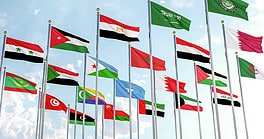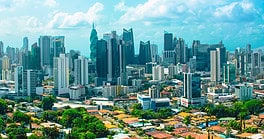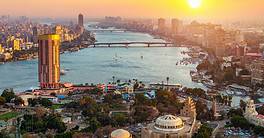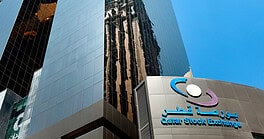Azerbaijan offers fertile soil for a burgeoning private sector and foreign direct investment, despite potential military hostilities.

| VITAL STATISTICS |
|---|
| Location: South Caucasus region |
| Neighbors: Russia, Iran, Armenia, Georgia |
| Capital city: Baku |
| Population (2021): 10,267,272 |
| Official language: Azerbaijani |
| GDP per capita (2020): $4,221.40 |
| GDP growth (2020): -4.3% |
| Inflation (2020): 2.8% |
| Currency: manat |
| Investment promotion agency: Azerbaijan Export and Investment Promotion Agency |
| Investment incentives available: Corporate, property and investment tax breaks, especially for non-oil projects, manufacturing facilities and imports of manufacturing equipment; some tax exemptions for investment certificate holders; free economic zone in development |
| Corruption Perceptions Index rank (2020): 129 |
| Political and security risks: Political tensions between Azerbaijan and Armenia remain high, with occasional armed clashes in border areas—entry to Nagorno-Karabakh and the surrounding areas therefore barred—landmines, unexploded ordnance, damage to infrastructure; friction between Azerbaijan and Russia over the presence of Russian peacekeeping troops; threat of terrorism |
| PROS |
|---|
| Economic potential of the Trans-Caspian Corridor |
| Central bank aims for exchange rate stability |
| Funding from World Bank and Asian Development Bank |
|
CONS |
|---|
|
Oil price volatility |
As Azerbaijan emerges from the Covid-19 pandemic, the South Caucasus nation confronts the more contagious Omicron variant, but has escaped the higher infection rates of its neighbors Russia, Armenia and Georgia.
“The Azerbaijani government has been reluctant to impose new restrictions, fearing additional economic consequences.” says Mario Bikarski, an analyst in the European team at the Economist Intelligence Unit.
To date, the damage has been severe. According to Fitch, Azerbaijan’s economy contracted by 4.3% in 2020. However, the rating agency estimates that the economy should grow by 2.8% in 2021 and 3.9% in 2022.
Three decades after the Soviet Union’s collapse, the economies of its former republics fall between their old command model and a more liberal market model.
In Azerbaijan, its state-owned oil company, State Oil Company of Azerbaijan (Socar), retains considerable influence in the all-important oil and gas sector, stalling migration to a full market economy, notes Bikarski.
At the same time, the government sees increased transfers from Socar as boosting financial stability. Moreover, since Socar’s break-even price of oil—the point at which the sales price matches the producer’s cost of extraction—is $76.40 per barrel, the government likely will continue to benefit from rising oil prices.
Still, Azerbaijan continues to move to a market economy as it privatizes state holdings, provides financial incentives and implements reforms, while working to attract foreign direct investment.
“In order to do that, they are trying to simplify procedures for foreign investors,” explains Bikarski. Some of the reforms include simplifying regulations and tackling tax evasion that would reduce the tax burden for legitimate, taxpaying corporations.
“That’s a big selling point for investors,” he adds. Azerbaijan is also mulling a membership in the Eurasian Economic Union free-trade bloc.
Azerbaijan has 51 bilateral investment treaties and is creating special economic zones that offer tax breaks and where it committed to spending $250 million this year. The advantages have attracted oil giant BP, consulting firms like KPMG International and software titan Microsoft.
The government is also concentrating on developing the economy of Nagorno-Karabakh, the hotly disputed territories whose de facto control was transferred to Azerbaijan following a November 2020 peace agreement brokered by Russia. However, those opportunities come with a risk. Tensions between former rivals remain high. A renewed series of skirmishes from October into December led to the reported deaths of at least eight Azerbaijani soldiers and at least 15 Armenian soldiers, more than a dozen injuries and the capture of 13 Armenians. The risk appears generally limited to border areas.
Investors may wish to consider other geopolitical developments, including Turkey’s apparent plan to extend its political and economic relationship with Azerbaijan. “Regardless of the problems with lira in the next five to six years, we will see [that] Turkey will increasingly get into Azerbaijan and the countries beyond in Central Asia,” Bikarski points out.



